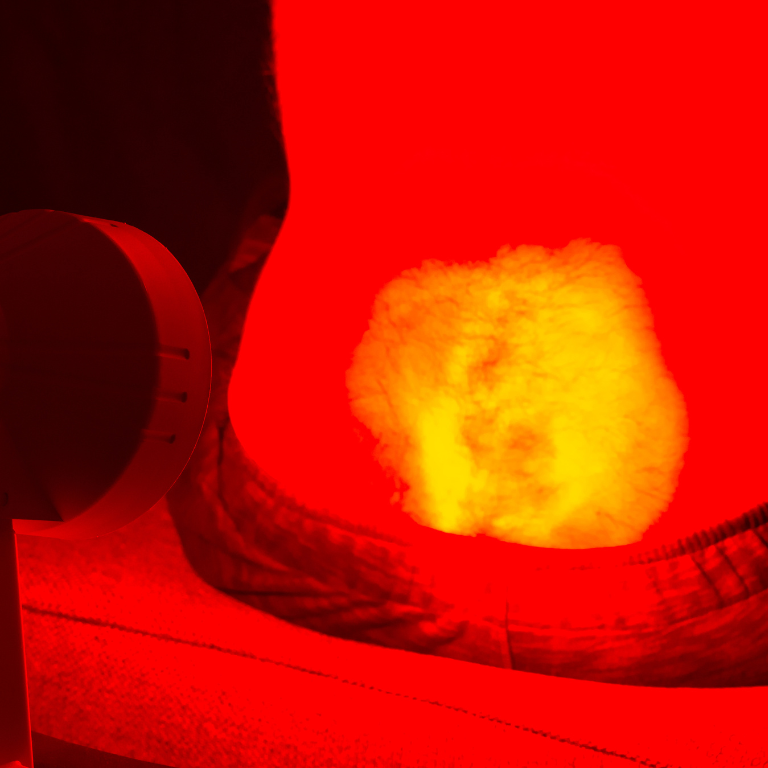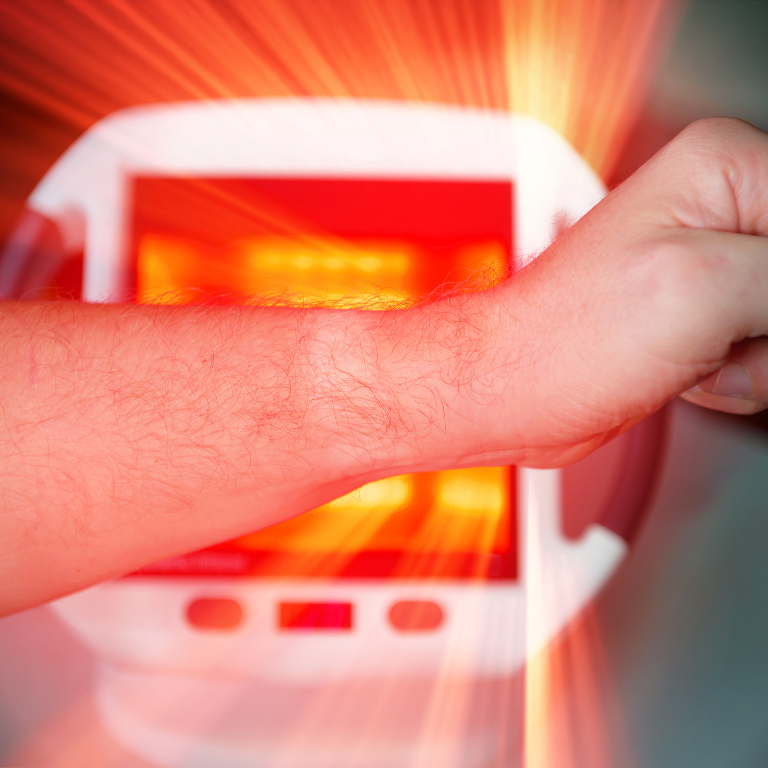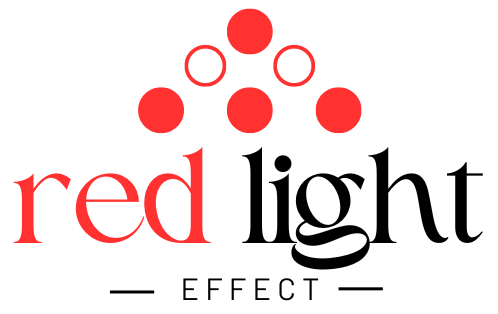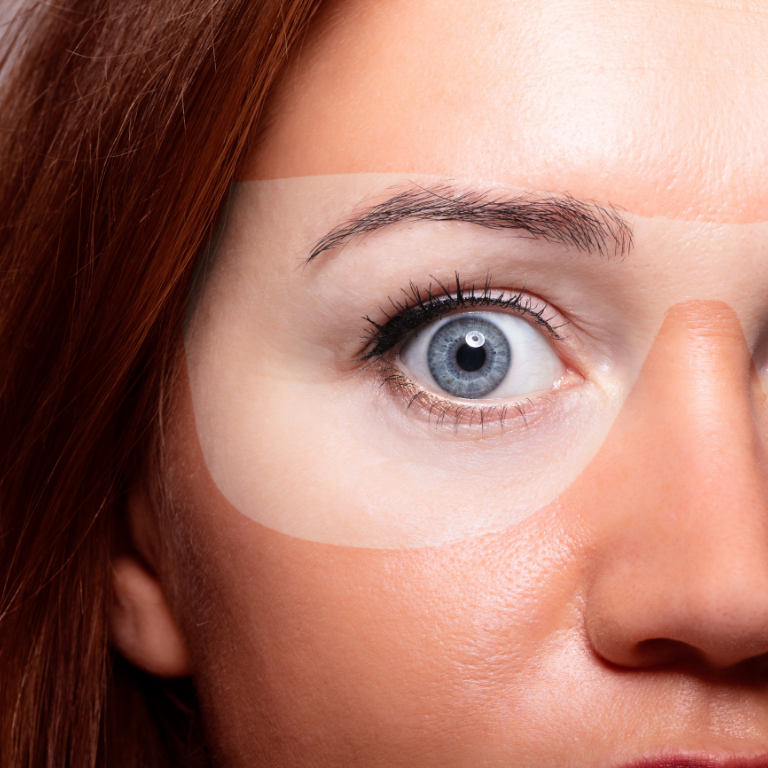Pain Relief With Red Light Therapy


Red light therapy is a non-invasive, painless treatment that uses specific wavelengths of light to help alleviate pain and reduce inflammation. It is an innovative technique that is gaining popularity among people who are looking for safe and natural ways to manage their pain. In this article, we will discuss how red light therapy works and its benefits in pain relief and reducing inflammation.
Mechanisms of Red Light Therapy
Red light therapy works by penetrating deep into the skin and activating cellular processes. It uses specific wavelengths of light, usually between 600 and 1000 nanometers, to stimulate the mitochondria in cells. Mitochondria are the powerhouses of cells and are responsible for producing energy for cellular processes. When stimulated by red light therapy, the mitochondria produce more energy, leading to an increase in cellular metabolism. This increase in cellular metabolism helps to reduce inflammation and promote tissue repair.
Benefits of Red Light Therapy for Pain Relief and Reducing Inflammation
Red light therapy has been shown to have numerous benefits for pain relief and reducing inflammation. Some of the benefits include:
- Reduction of Pain and Inflammation
Red light therapy has been shown to reduce pain and inflammation in a variety of conditions, including osteoarthritis, rheumatoid arthritis, back pain, and fibromyalgia. A study conducted in 2013 found that red light therapy significantly reduced pain and stiffness in patients with knee osteoarthritis.
2. Improved Blood Flow and Tissue Oxygenation
Red light therapy has been shown to improve blood flow and tissue oxygenation, which can help to reduce inflammation and promote healing. Improved blood flow also helps to remove waste products from the body, which can contribute to inflammation.
3. Enhanced Cellular Energy Production
As mentioned earlier, red light therapy stimulates cellular processes and enhances cellular energy production. This increase in energy production helps to reduce inflammation and promote tissue repair.
4. Increased Production of Anti-Inflammatory Molecule
Red light therapy has been shown to increase the production of anti-inflammatory molecules, such as cytokines and nitric oxide. These molecules help to reduce inflammation and promote healing.
Clinical Evidence Supporting the Use of Red Light Therapy for Pain Relief and Reducing Inflammation
There is a growing body of clinical evidence supporting the use of red light therapy for pain relief and reducing inflammation. A meta-analysis of 11 randomized controlled trials found that red light therapy significantly reduced pain in patients with chronic musculoskeletal pain. Another meta-analysis of 13 randomized controlled trials found that red light therapy significantly reduced pain in patients with rheumatoid arthritis.
Comparison of Red Light Therapy to Other Pain Management Techniques
Red light therapy has been compared to other pain management techniques, such as medication and physical therapy. A study conducted in 2014 found that red light therapy was as effective as non-steroidal anti-inflammatory drugs (NSAIDs) for the treatment of knee osteoarthritis. Another study found that red light therapy was more effective than physical therapy for the treatment of chronic low back pain.
Precautions and Contraindications
While red light therapy is generally safe, there are some precautions and contraindications that should be considered. For example, individuals who are pregnant, have a history of epilepsy, or have sensitive skin should not use red light therapy. Additionally, individuals who are taking photosensitizing medications should avoid red light therapy.
Final Thoughts
Red light therapy is a safe and effective technique for pain relief and reducing inflammation. It works by stimulating cellular processes and enhancing cellular energy production, which leads to a reduction in inflammation and promotes tissue repair. Red light therapy has been shown to be effective in a variety of conditions, including osteoarthritis, rheumatoid arthritis, back pain, and fibromyalgia. It has also been compared to other pain management techniques and has been found to be as effective as medication and physical therapy. However, it is important to consider the precautions and contraindications before using red light therapy.
Overall, red light therapy is a promising treatment for pain relief and reducing inflammation. It is a safe, non-invasive, and natural technique that can be used alone or in conjunction with other pain management strategies. As research continues to explore the benefits of red light therapy, it is likely that it will become an increasingly popular option for those looking to manage their pain and inflammation.
On The Blog
Red Light Therapy for Sunburn Relief
Harnessing Red Light Therapy for Sunburn Reliefand Summer Skin Care As the temperature rises and the sun shines brighter, it’s essential to take extra precautions to protect your skin from…
The Benefits a Cold Shower
Discover the Incredible Benefits of a Cold Shower When it comes to showering, most people prefer warm water for its comforting and soothing effects. However, there is a growing trend…
Cold Plunges: For Your Mind and Body
Introduction to Cold Plunges Cold immersion has been gaining popularity in recent years for their remarkable impact on overall well-being. Often practiced as part of hydrotherapy, a cold plunge involves…



